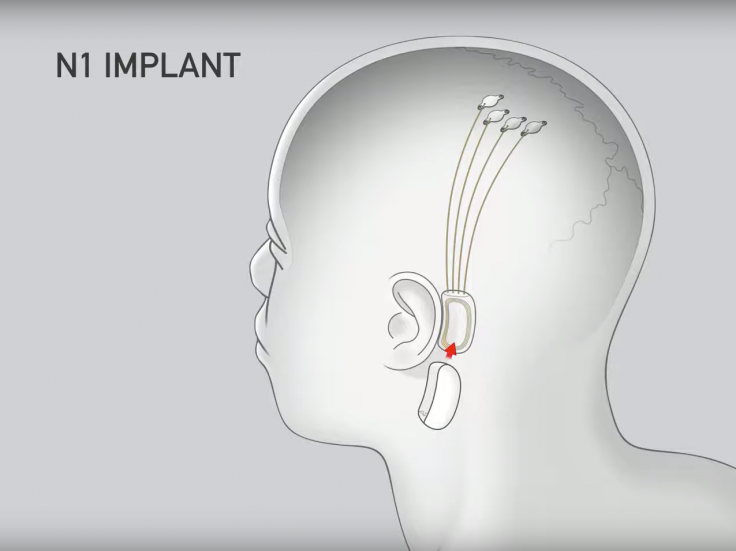
[ad_1]
Reading someone’s mind is considered a trick and is often ridiculed as nonsense. But the term gained popularity after the US Central Intelligence Agency (CIA) tried a similar technique in its now declassified MKUltra project in the 1960s.
The infamous project was designed to control people’s minds, rather than reading them. It is unknown whether the CIA can actually control people’s minds, but the US military is now developing technology that would help soldiers communicate silently or read the minds of fellow soldiers.
Communication is key during major operations. But under certain conditions, talking to each other could be dangerous. This is where technology comes in. A soldier can communicate with each other in silence without the enemy noticing. The researchers, funded by the US Army Research Office (ARO), were able to separate brain signals that trigger an action or behavior from those that don’t. It is seen as a breakthrough in achieving silent communication.

Wikimedia Commons
ARO neuroscientists used monkeys to interpret brain signals using a complex algorithm. They were able to decode the brain signals that triggered movement and behavior. By interpreting the signals, soldiers can tell if someone is tired and should take a break. “We’re not just measuring the signals here, we’re interpreting them,” Hamid Krim, a program manager at ARO, told C4ISRNET, adding that the possibilities are limitless.
Modern Warfare
Unlike the CIA experiments, this is not illegal and it doesn’t want to alter someone’s mind. Rather, it does what many neuroscientists have been trying to achieve for decades by creating a brain-computer interface. Elon Musk’s Neuralink is also looking to achieve similar functionality, albeit for a different purpose. As warfare is modernized, sometimes automated, to mitigate the loss of life, mind-reading would be a major step forward.

Needpix
In this way, an artificial intelligence system could even read a soldier’s mind and give instructions to shoot down a target, without saying a word. But for now, the ARO researchers want to establish a link to the computer so it can provide a soldier with corrective feedback to change an action in advance. It could avoid a potentially life-threatening situation and protect the soldier’s health. The main goal is to talk to each other silently on the battlefield via a computer.
“So, you and I are out there in the theater and we need to talk about something we’re going through. I practically talked to my computer – your computer can be in your pocket; it can be your cell phone or whatever – and that computer talks. with your teammate’s computer. And then his computer will talk to your teammate, “Krim explained.

Instagram / neuralinkcompany
When will it be ready?
This is a question, the scientists asked. Like other brain-computer interfaces (BCIs), Krim’s silent communication technology is decades away. The application is limited by the technology of its time, and any significant battle-ready BCI would take some time. But having achieved this breakthrough, scientists are now trying to identify and interpret signals other than those that trigger movements.
“The next step is to be able to understand it. The next step is to break it down into words so that you can synthesize in a sense as if you learn your vocabulary and your alphabet, then you are able to compose,” Krim said. .
The main purpose of the technology is to achieve full-duplex communication so that the soldier understands what the computer is saying and vice versa. “You can read anything you want; it doesn’t mean you understand it. At the end of the day, that’s mainly the original intent: to have the computer in a full-duplex mode of communication with the brain,” Krim said.
Source link